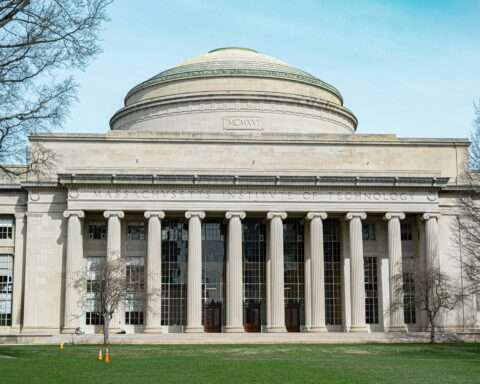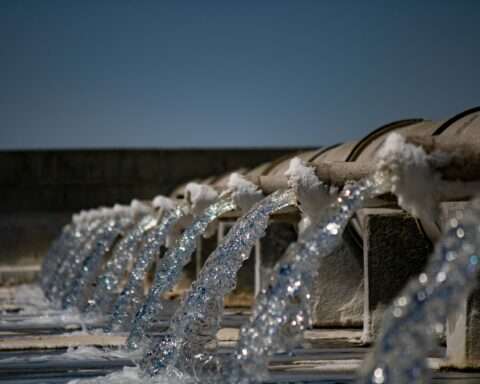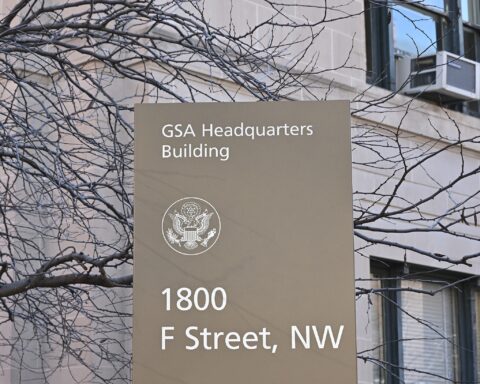The City of Cedar Rapids, Iowa is advancing a water infrastructure project that is essential to protecting local bodies of water with a $348 million state revolving loan from the U.S. Environmental Protection Agency (EPA). The federal investment will support Cedar Rapids’ replacement, modernization and enhancement of the city’s aging water infrastructure.
The project, primarily funded through the State’s Revolving Loan Fund, will develop upgrades to the city’s wastewater treatment facilities. Specifically, the project will target the city’s aging Water Pollution Control Facility, which has been operational since 1980, and replace old and obsolete infrastructure with newer technology.
Officials anticipate the project will not only allow the facility to treat the same amount of water as it does now but leave a smaller environmental impact while doing so.
RELATED: EPA loaning $96 million for new wastewater infrastructure in Colorado
The project will tackle several issues related to wastewater management, technology and facility modernization and environmental and economic health. Expected to create over 100 local jobs during the project’s four-year lifespan, the project will also reinforce Cedar Rapids’ commitment to support future residential and industrial growth.
Endowed $348 million from the EPA, Iowa’s State Loan Revolving Fund will finance the majority of the project as it tackles wastewater modernization and enhancement efforts. The fund, administered jointly between the Iowa Finance Authority and the Iowa Department of Natural Resources, provides communities with low-cost funds to invest in drinking water, clean water and water quality infrastructure projects.
Beyond the State Revolving Loan Fund, Cedar Rapids plans to finance the project through a combination of sources, including federal grants, tax credits and additional local funding.
After completion, the project is expected to foster environmental health, support economic development and address future nutrient reduction requirements to safeguard local waterways.
In addition, officials anticipate that customers will not see any negative differences in their water’s quality following the project’s work.
Cedar Rapids expects to kick off the project on Nov. 1. Officials anticipate construction to be completed by 2029.
Photo by Bob Brewer on Unsplash













